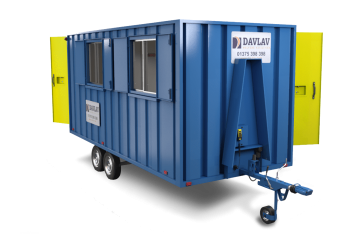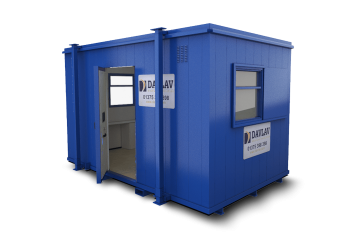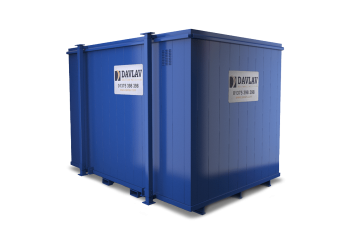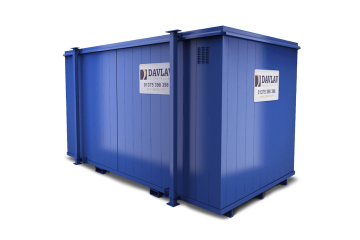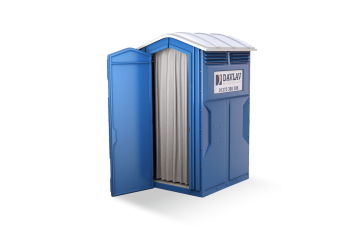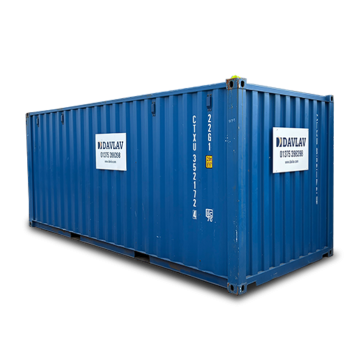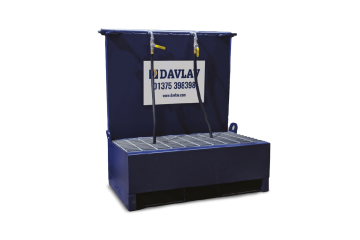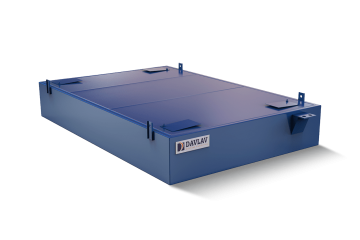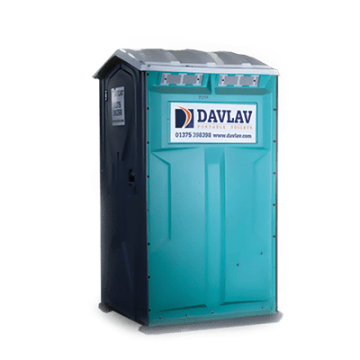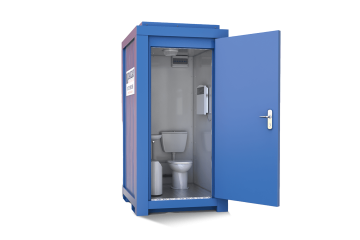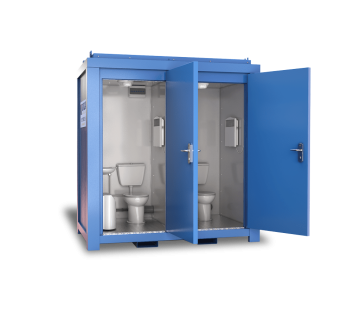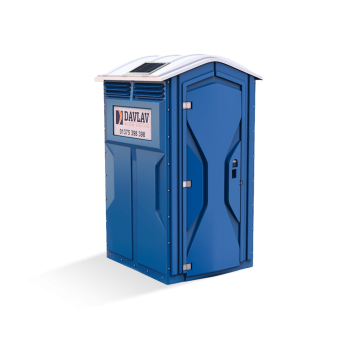The History of Toilets – From Romans to Flushers
A short history of toilets
Flushing toilets as we know them today are used worldwide. They are arguably one of man kinds greatest inventions. Along with modern sewage systems and waste management/treatment they help to keep those who use them sanitised and clean. Helping to eliminate the risk of various waste related diseases. Unfortunately near to 4 billion people on earth are still at risk to theses diseases such as cholerae. With them not having their own toilets or waste management facilities.
However flushing toilets have not always been available. When and how were they invented? What was used before them? We will be taking a look at all of this as we dive into the history of toilets.
Ancient Egypt
All civilizations have appeared to have had their own forms of toilets in some shape or another. In ancient Egypt these were made out of limestone or simply a wooden stool for the poorer families. Underneath would be a small sand filled container that would be emptied regularly into the streets or nearby river.
Roman Times
The Roman empire was seen to be quite innovative when it came to toilets. Shared public bathrooms were very common and often seen as a place to socialise with friends and family. However these were likely quite unhygienic with it being said users would clean themselves with a sponge on a stick. These sponges would be shared between everybody using the bathroom. The romans introduced legislations to stop human waste from being dumped into towns. They even built some of the first known sewers. Like the Cloaca Maxima for example which is still about today (although not really functioning as a sewer). The sewers connected toilets throughout the city and used running water to remove human waste transporting out to rivers, canals and cesspits.
Sewers
Creating sewage systems has long been a key factor in the evolution of toilets. As once someone has finished using a toilet there needs to be somewhere for the waste to go. This is especially key for the public healthy and safe by not coming into contact with any. In some Chinese dynasties it is said they would collect the waste and take advantage of it, using it for fertiliser. After the Roman empire fell, europes waste managment systems stalled (if you pardon the pun). It soon returned to the public using chamber pots and dumping their waste onto the streets. The next big step in the history of the toilet came in 1596 when Sir John Harringotn invented the first flushing toilet.
The flush
The flush was a huge innovation and a big advancement into making toilets as sanitary as they are today. Sir John Harrington designed the first flush toilet for Queen Elizabeth I (His god mother). The toilet used levers and valves to release water and drain the bowl. However these were said to have stunk and did not catch on. His designs did help to inform what would come next. It wasn’t until 1775 where Alexander Cummings where he added what we today know as the U bend in order to eliminate odours. This is still pretty much the same design and function we still use for toilets today. In the UK it still wasn’t until 1846 where a public health act ruled that every home should include it’s own toilet.
The future
The biggest problem which needs to be solved is making sure the whole world has access to proper sanitation facilities, to eliminate the chances of people getting seriously ill. It doesn’t seem right that still to this day soo many people live without proper waste management systems. It an area that Bill Gates has been researching and investing a lot of money into.
Toilets of the future will also have to be more eco friendly and not waste as much water. Compost and waterless toilets will likely become more prominent. Perhaps sewage systems may need a full redesign.
What do you think the future of toilets will be?
Check out this TedEd video of the history of toilets below and more of our blog posts here.




